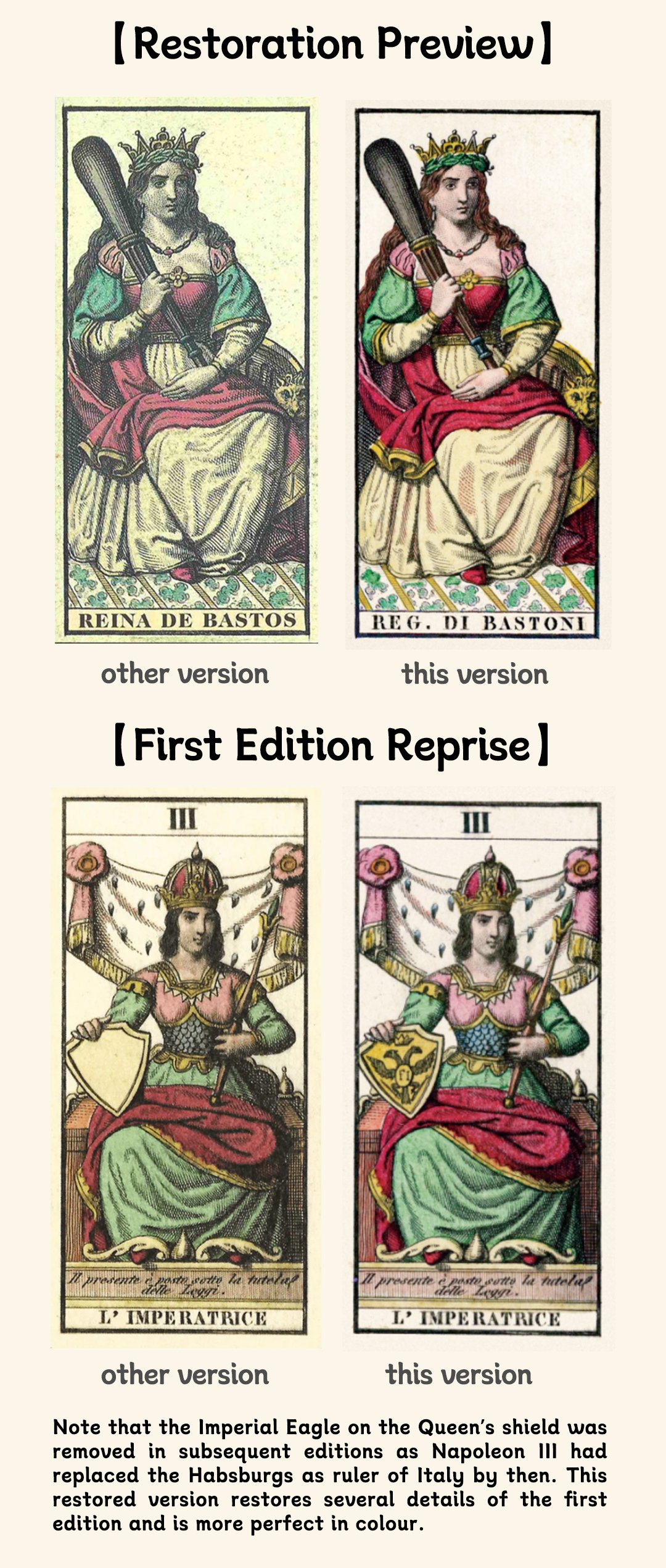78 Cards Tarot Deck + information and instruction cards
The pinnacle of tarot art in the 19th century
Card size: 10.6cm x 5.2cm (original size)
Made by 330g high quality casino paper with excellent toughness
98 pages paper
Ships worldwide
Limited 1000 decks worldwide with only number
Other names:Milan tarot, Tarocchino Milanese
The late 18th century saw a major change in European tarot publishing. The French Tarot players gradually abandoned the “Tarot de Marseille” in favour of new tarot cards with traditional French suits. In Italy, on the other hand, the “Tarot de Marseille” was well developed.
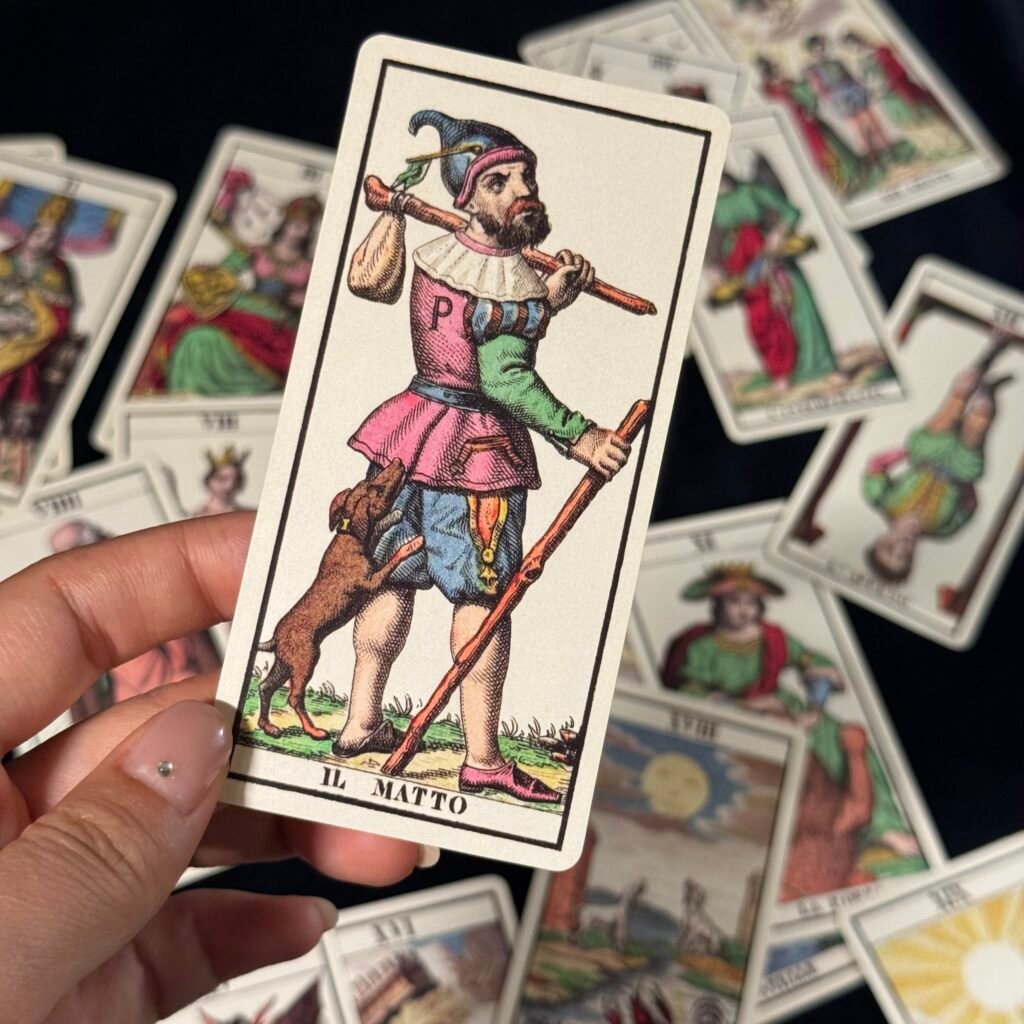
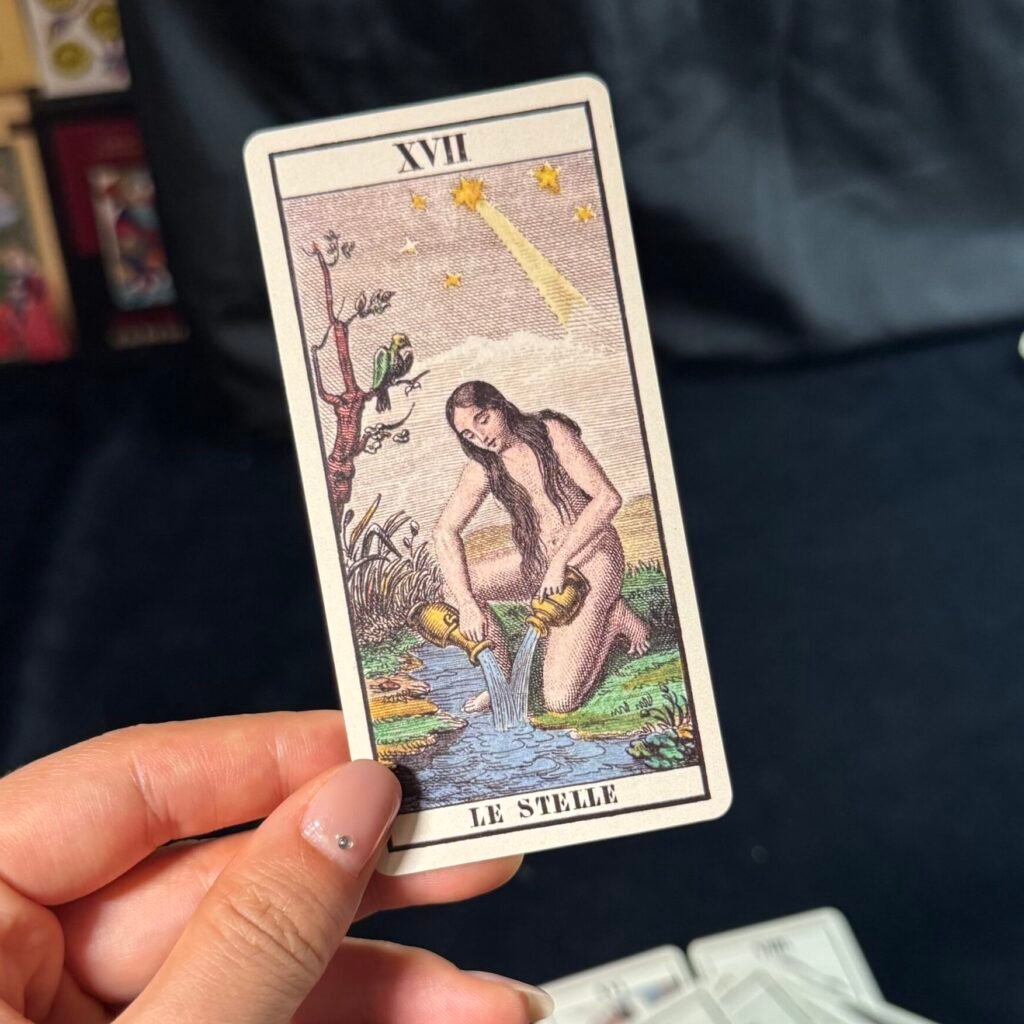
Ferdinando Gumppenberg, who is said to have been descended from German nobility. He came to Milan from Munich in 1809 and introduced the then developed German printing techniques and tastes to Italy.In 1835, he published a deck of tarot cards based on the “Tarot de Marseille” model, later known as the “Sopraffini”, which initiated the “Tarocchi Milanesi”, known for its magnificent drawings.
After Gumppenberg’s death, his former employee or partner, Teodoro Dotti, opened his own printing workshop and published the TAROCCHI MILANESI 1845.Teodoro Dotti does not follow the ” Tarocchi Milanesi”, but rather, it is a return to the traditional “Marseille style”, based on the Sopraffini, without the symbols and ornaments, resulting in a beautiful deck unique in the history of the Tarot.
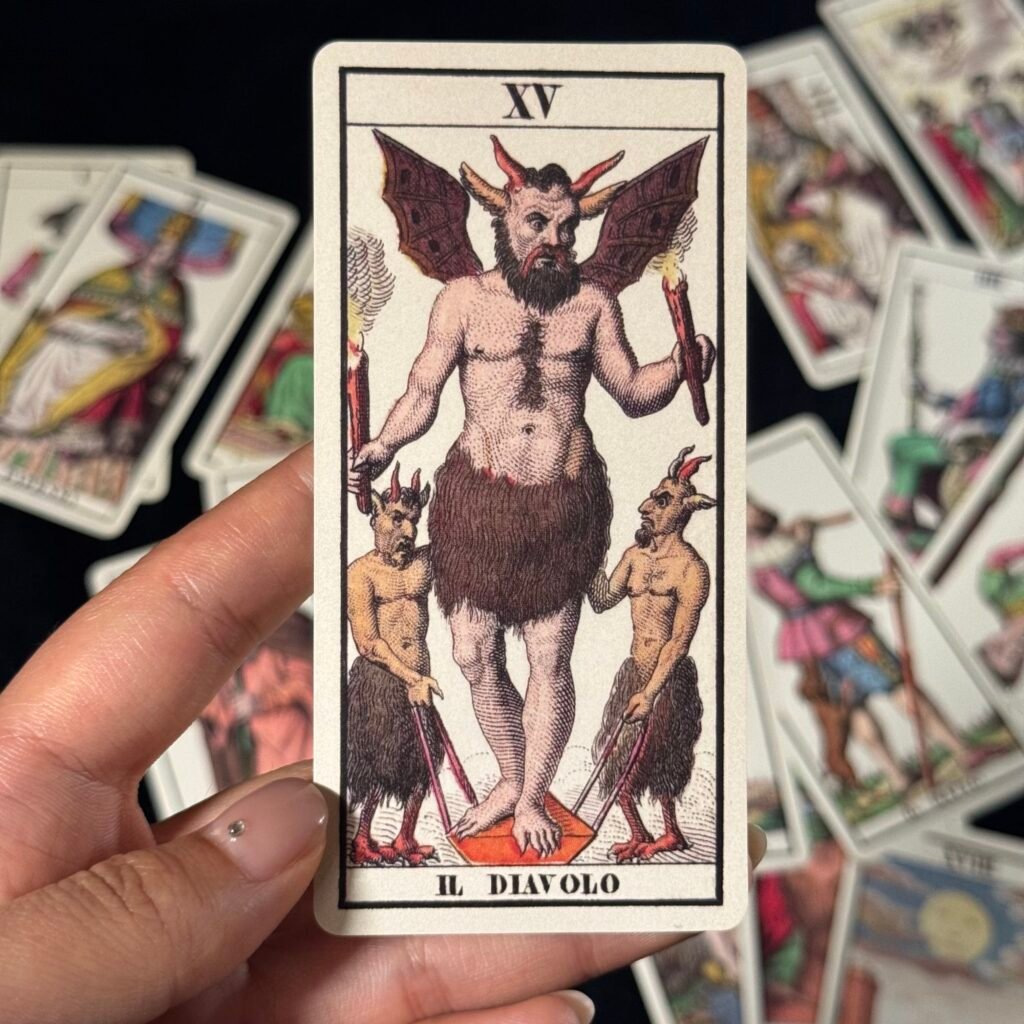
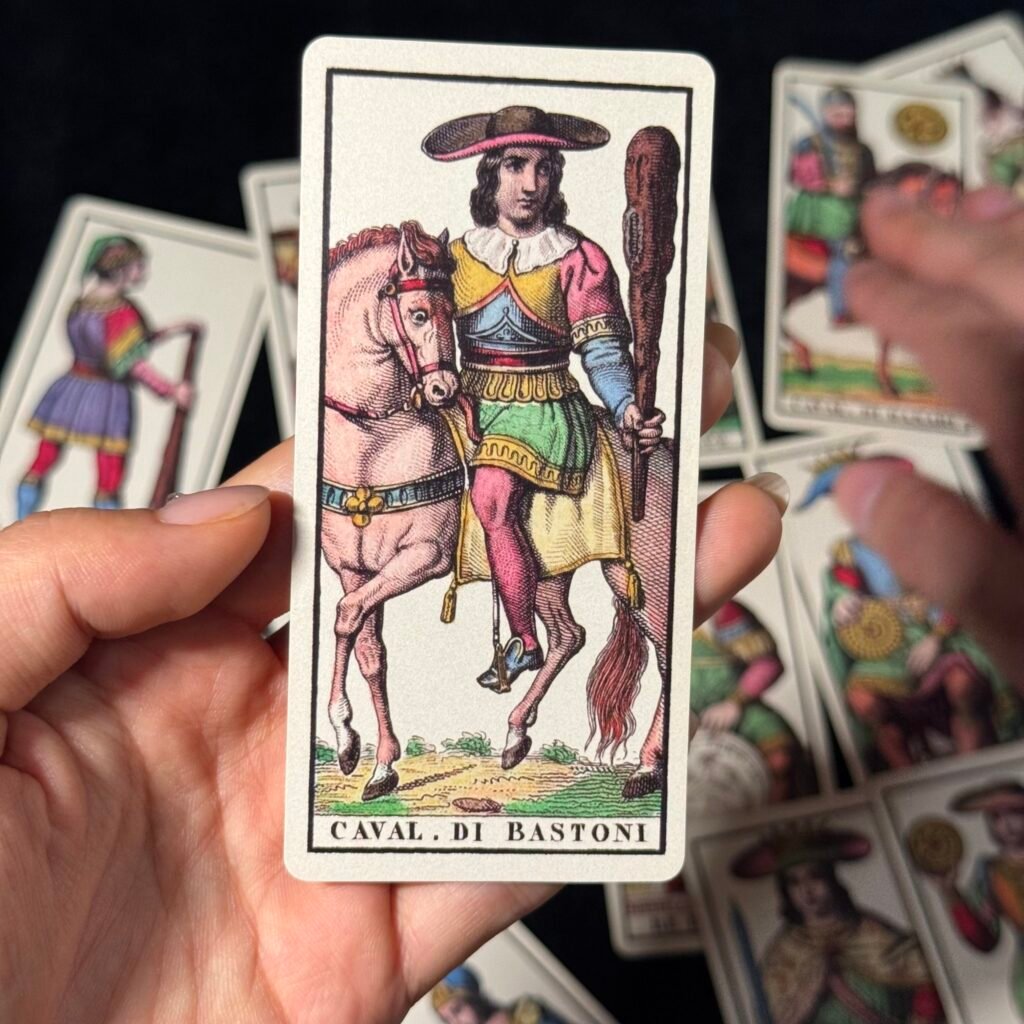
In sopraffini, for example, the fifteenth card was originally a scene of a devil fighting a monster in flames, and the star card highlights the sexual appeal of the feminine features even more. In Dotti’s deck, both of these cards have been changed to a simpler, more unisex shape and style, more simple and subtle, and Teodoro Dotti has also removed the pink cheeks of the figures to give them a more three-dimensional and realistic look.
In terms of the trumps, the basic composition of the ‘Tarot de Marseille ’ has been maintained, with a softer, more delicate and artistic style. In particular, the shaping of the Star, Devil, Justice and other cards has reached an astonishing level.The drawing of the court cards is also more subtle, while basically maintaining the basic structure of the ‘Marseille Tarot’, more interesting details are added, and the movements, body language, and expressions of the characters are very interesting. It can be said that the 16 figures of the Court Cards are a rare masterpiece.The pip cards are equally detailed, and the details of the ‘Marseille Tarot’ are also high-definition according to the overall style of painting, which is more realistic and detailed, turning the digital cards into exquisite works of art.
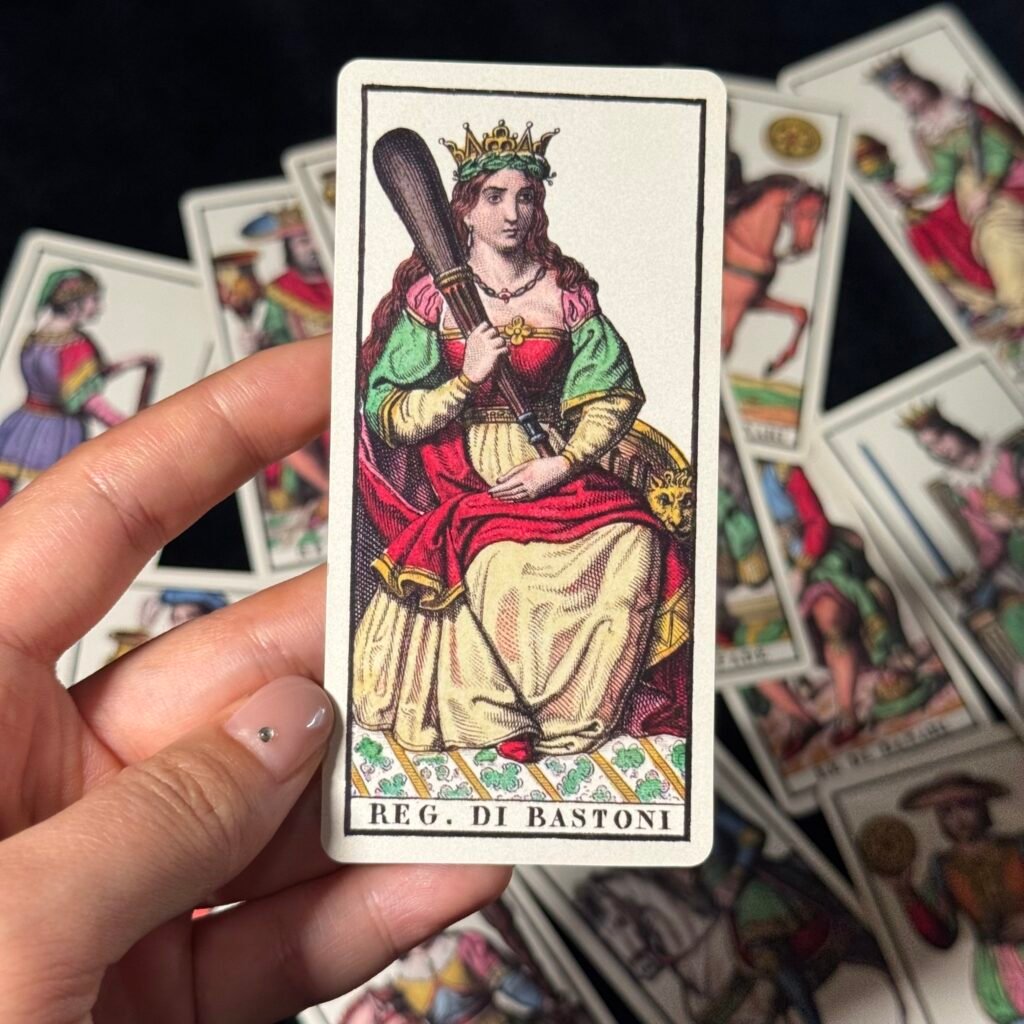
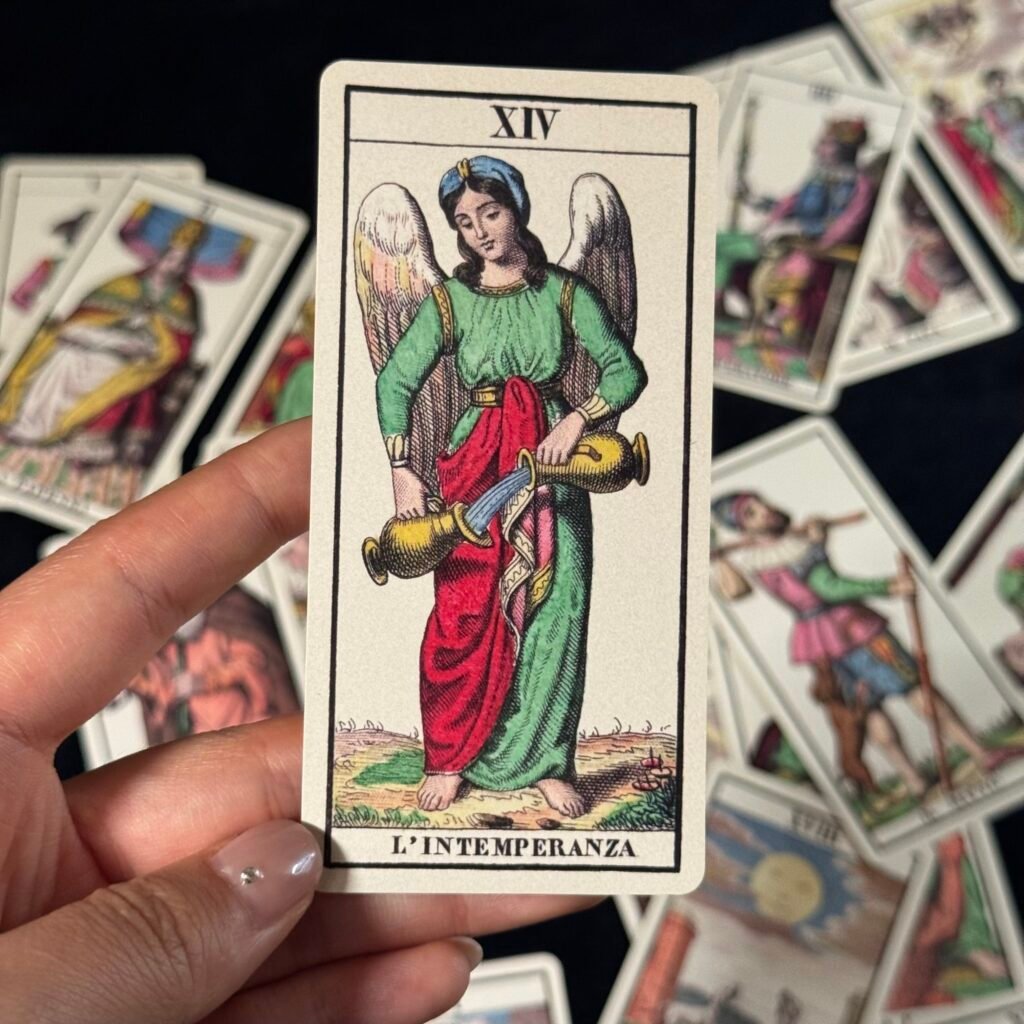
Milan, the great northern city of Italy, was one of the largest cities and an important commercial centre in Europe from the 12th to the 16th century, and as such became the capital of the Duchy of Milan and an important political, artistic and fashionable force during the Renaissance. The Visconti Tarot was made in the early 15th century in the castle of the Visconti family in Milan.
At the beginning of the 16th century, Milan lost its independence and became part of the Spanish Empire, and nearly two centuries later it fell under the Habsburgs: as a result of the Austrian Empire’s policy of cultural control (Napoleon ruled from 1802 to 1814), Milan became one of the main centres of the Italian revival and nationalist movements, and in 1848 the Five Days’ Revolt against the Austrian Empire broke out.
TAROCCHI MILANESI 1845 was born at the height of Romanticism. It emphasised emotion and individualism, celebrated natural nature, was sceptical of science and industry, and had a sublime celebration of the past and a yearning for the Middle Ages. Romanticism was most influential in the visual arts, music and literature. Famous figures include Wagner, Schopenhauer, Heine, Byron, Shelley, Hugo, Bellini, Wagner, Schumann, Verdi and many others.
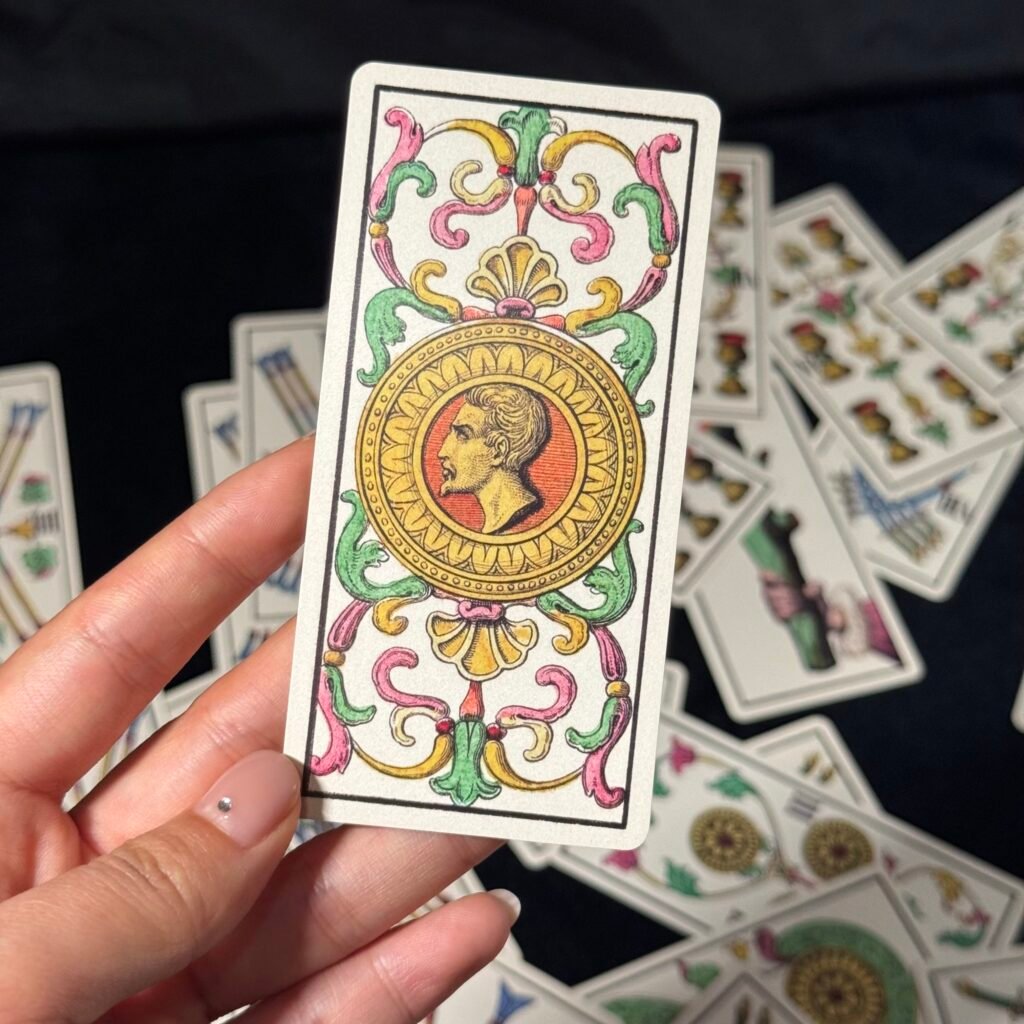
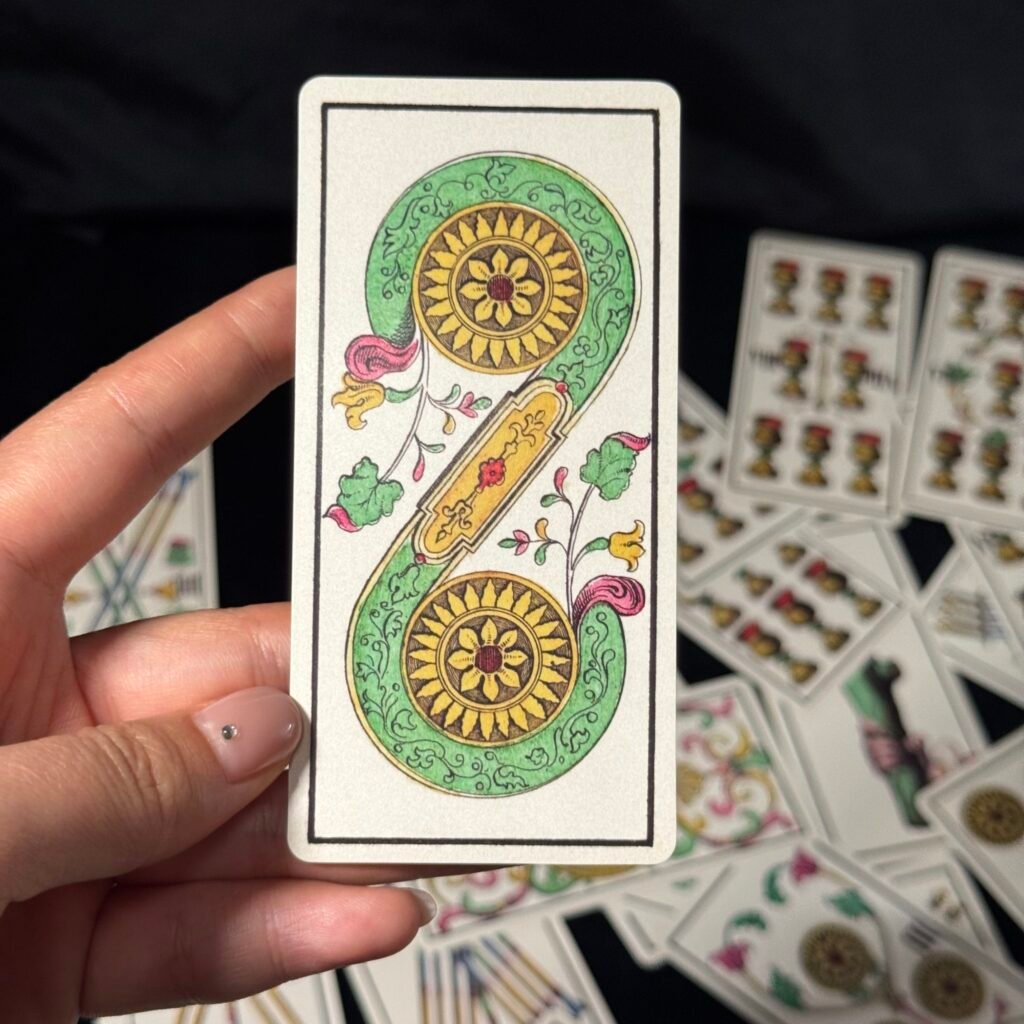
In this restoration, the technique of old photo restoration was used to finely repair the yellowing of the paper and several stain imperfections, etc. The colours were re-filled with precision, completely correcting the yellowing and dull colours present in other editions and restoring the original look of the master’s original work. This restoration also restores several details of the original version.
The whole process took 6 months to ensure that all details were historically accurate. The colours of the cards have been historically verified to be as close as possible to the aesthetics of modern users while ensuring accuracy. The paper is of the highest current casino quality and is very smooth and eclectic to use, with excellent resilience.
